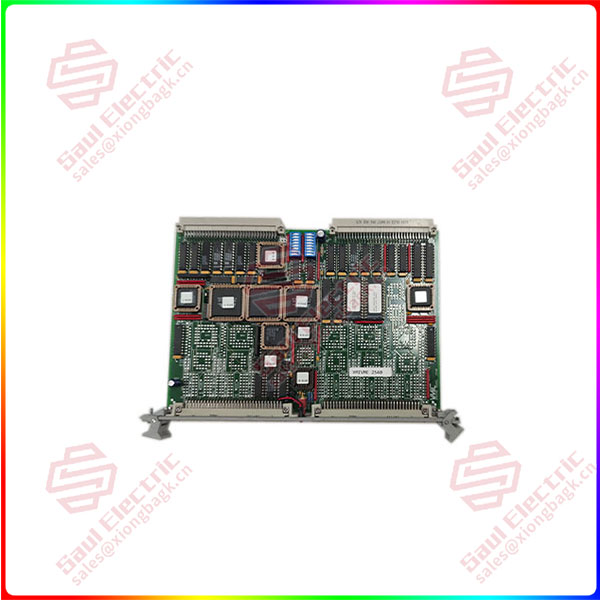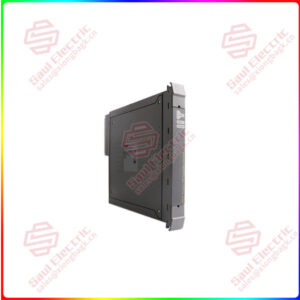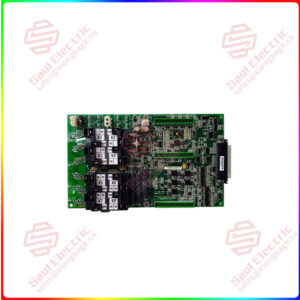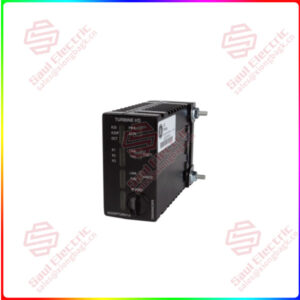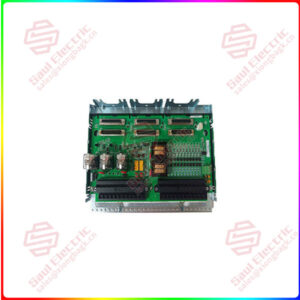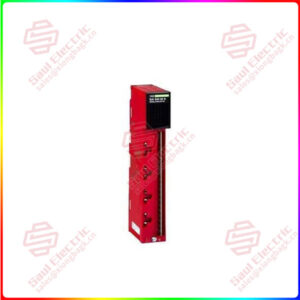Description
Overview
Essential details:VMIVME-2540-000 24-Channel Intelligent Counter/Controller
VMIVME-2540 ICC performs these functions automatically. The on-board CPU maintains data structures in shared local memory for buffering measurements and queueing control commands. Measurement functions are also supported by a Continuous Measurement Mode in which measurements are made repeatedly without host CPU involvement. I/O connections are routed through high-density connectors located on the front panel with support for differential and single-ended signal levels. The user data exchange interface for measurement and generation modes complies with ANSI/IEEE Standard
754-1985 for 32-bit floating-point arithmetic. Integer modes operate with two’s complement signed arithmetic and with unsigned arithmetic.
TECHNICAL DESCRIPTION — The VMIVME-2540 ICC is comprised of three sections: the VMEbus slave DTB interface which arbitrates for the local CPU resources, the CPU with firmware and support logic, and the circuitry which implements the measurement and control functions. The block diagram of the VMIVME-2540 ICC is shown in Figure 1.
lf you need to inquire or purchase ,please send the product models to my email or call medirectly .
sunny He
[Email] sales@xiongbagk.cn
[Mobile] 86-18059884797
[WhatsApp] 86-18059884797
[Skype] sales@saulcontrol.com
VMIVME-2540-000 24-Channel Intelligent Counter/Controller


 1 Year Warranty
1 Year Warranty
